Home>Interior Design>Should A Coffee Table Be Lower Than A Sofa?
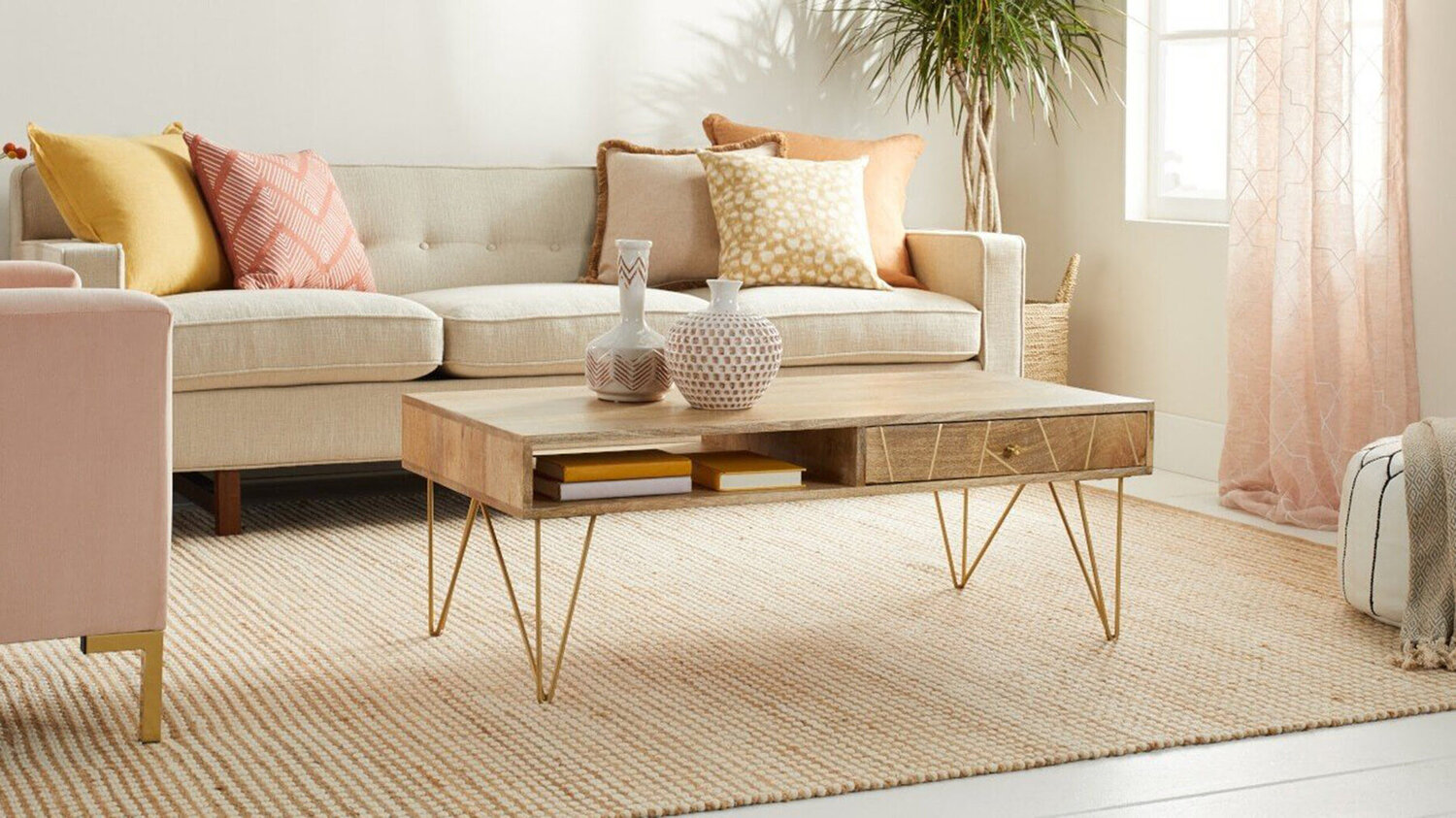

Interior Design
Should A Coffee Table Be Lower Than A Sofa?
Modified: January 23, 2024
Discover the ideal height for your coffee table in relation to your sofa for a harmonious interior design. Enhance your living space with expert advice on furniture arrangement.
(Many of the links in this article redirect to a specific reviewed product. Your purchase of these products through affiliate links helps to generate commission for Storables.com, at no extra cost. Learn more)
Introduction
When it comes to choosing furniture for your living room, the coffee table is an essential piece that adds both functionality and style to the space. One common question that arises during the coffee table selection process is whether it should be lower than the sofa. This seemingly simple decision can have a significant impact on the overall look and feel of the room.
In this article, we’ll explore the pros and cons of having a lower coffee table compared to a higher one. We’ll also discuss the various factors you should consider when choosing the height of your coffee table, as well as provide some design tips to help you make the right decision.
So, should a coffee table be lower than a sofa? Let’s dive in and find out!
Key Takeaways:
- Consider the height of your coffee table in relation to your sofa, room size, and personal preferences to strike a balance between aesthetics and functionality for a visually appealing and practical living room design.
- Experiment with different coffee table heights and take into account factors such as storage options, surface area, and overall room style to find the perfect balance between visual appeal and practicality for your living room.
Read more: How Far From Sofa Should A Coffee Table Be
Pros and Cons of a Lower Coffee Table
Having a lower coffee table compared to your sofa can offer several advantages. Here are some of the pros:
- Enhanced aesthetic appeal: A lower coffee table creates a visually balanced look, especially if you have a low-profile or modern-style sofa. It adds a sense of proportion and harmony to the overall design of the room.
- Comfortable lounging: With a lower coffee table, you can comfortably stretch your legs out while sitting on the sofa. This configuration promotes a relaxed and casual atmosphere, perfect for cozy nights in or casual gatherings.
- Child-friendly: If you have young children at home, a lower coffee table can be a safer option. It reduces the risk of accidents and minimizes the chances of them hitting their heads on the table’s edges.
However, there are also some potential drawbacks to consider:
- Spatial limitations: A lower coffee table may not be suitable for rooms with limited floor space. It can make the area feel cluttered and cramped, especially if you have other furniture pieces competing for space.
- Lack of storage: Lower coffee tables often have a lower shelf or no storage options at all. If you rely on your coffee table to store magazines, remote controls, or other small items, you may find yourself missing the convenience of having a higher surface with storage compartments.
- Less functionality: In some cases, a lower coffee table may not provide the ideal height for working or eating. If you often use your coffee table as a makeshift desk or dining surface, you may find it uncomfortable to sit at a lower height.
It’s important to weigh these pros and cons based on your specific needs and preferences before making a decision. Consider the layout of your living room, the style of your sofa, and the intended uses of the coffee table to determine if a lower height is the right choice for you.
Pros and Cons of a Higher Coffee Table
Opting for a higher coffee table compared to your sofa has its own set of advantages. Let’s take a look at some of the pros:
- Ample storage options: Higher coffee tables often come with built-in shelves, drawers, or compartments, providing convenient storage solutions for your living room essentials. You can easily keep your magazines, books, and remote controls within reach without cluttering the tabletop.
- More surface area: A higher coffee table offers more usable space, making it ideal for those who enjoy spreading out while lounging on the sofa. It provides ample room for drinks, snacks, and other items, allowing you to comfortably entertain guests.
- Enhanced functionality: The increased height of a coffee table can make it more versatile. You can use it as a makeshift desk for working on a laptop or as a dining surface for casual meals in front of the TV.
However, there are a few potential drawbacks to consider as well:
- Aesthetic imbalance: A higher coffee table can create an unbalanced look if the rest of your furniture is low-profile or if you have a smaller sofa. It may overpower the space and disrupt the overall design harmony of the room.
- Restricted legroom: With a higher coffee table, stretching out or placing your legs comfortably on the sofa may be challenging. This can detract from the overall comfort and relaxation of your living room experience.
- Less child-friendly: Higher coffee tables can pose a safety hazard for young children who may accidentally bump into them or hit their heads on the edges. If you have kids at home, you may want to consider their safety when deciding on the height of your coffee table.
Consider these pros and cons in relation to your specific needs and preferences. Think about how you use your living room space, the style of your furniture, and the overall aesthetic you want to achieve.
A coffee table should typically be lower than the sofa seat height to allow for comfortable reaching and use. Aim for a height that is 1-2 inches lower than the sofa seat.
Factors to Consider When Choosing the Height of a Coffee Table
When deciding on the height of your coffee table, there are several key factors to take into consideration. Let’s explore these factors to help you make an informed decision:
- Sofa height: The height of your sofa plays a crucial role in determining the appropriate coffee table height. Ideally, the coffee table should be at or slightly lower than the seat height of your sofa to ensure comfortable access to drinks and other items.
- Functionality: Consider how you intend to use the coffee table. If you often entertain guests or prefer to eat meals in the living room, a higher coffee table with ample surface area may be more practical. On the other hand, if you primarily use it for placing drinks and displaying decor, a lower coffee table can suffice.
- Room size and layout: The dimensions of your living room and the layout of your furniture will influence the height of your coffee table. In smaller spaces, a lower coffee table can help create a sense of openness, while a higher coffee table can work well in larger, more spacious rooms.
- Design style and aesthetics: The height of the coffee table should align with the overall design style and aesthetics of your living room. Consider the proportions and balance of the furniture pieces to ensure a cohesive and visually pleasing look.
- Personal preference: Ultimately, your personal preference should guide your decision. Some people may prioritize comfort and convenience, while others may prioritize style and visual appeal. Assess your own needs and preferences to determine the height that suits you best.
By considering these factors, you can make a well-informed choice that aligns with your functional requirements, design preferences, and the overall ambiance you want to create in your living room.
Design Tips for Choosing the Right Coffee Table Height
Here are some design tips to assist you in selecting the appropriate height for your coffee table:
- Measure the seat height: Take measurements of your sofa’s seat height to determine the ideal coffee table height. Aim for a table that is at or slightly lower than the seat height for optimal comfort and accessibility.
- Consider the scale: Pay attention to the scale of your furniture pieces. A general rule of thumb is to choose a coffee table that is approximately two-thirds the length of your sofa. This ensures a proportionate and visually appealing arrangement.
- Keep in mind the overall height: Take into account the overall height of the coffee table, including any additional features such as shelves or drawers. Ensure that the overall height complements the other furniture in the room and provides a harmonious look.
- Think about the room’s style: Consider the style and aesthetic of your living room. For a modern or contemporary look, a lower coffee table can work well. For a more traditional or formal setting, a higher coffee table may be more appropriate.
- Balance functionality with aesthetics: Strike a balance between the functional needs of a coffee table and its visual appeal. While storage options and surface area are important, ensure that the height you choose complements the overall design and does not overpower the room.
- Experiment with different heights: If you’re unsure about the ideal coffee table height, try experimenting with different options. You can temporarily place objects of different heights, such as books or stools, on your existing coffee table to get a sense of how different heights would look and feel in your living room.
Remember, there is no one-size-fits-all solution when it comes to coffee table height. It’s all about finding the right balance between functionality and design aesthetics, while considering the specific needs and layout of your living room.
Read more: What Size Coffee Table For Sofa
Conclusion
Choosing the right height for your coffee table is an important decision that can greatly impact the overall look and functionality of your living room. While there are pros and cons to both lower and higher coffee tables, it ultimately comes down to personal preference and the specific needs of your space.
A lower coffee table can provide a visually balanced look, promote a casual and relaxed atmosphere, and be more child-friendly. On the other hand, a higher coffee table offers ample storage options, more surface area, and enhanced functionality for working or dining.
When deciding on the height, consider factors such as the sofa height, functionality, room size and layout, design style, and your personal preference. Take measurements, assess the scale of your furniture, and aim for a harmonious balance between aesthetics and functionality.
Lastly, don’t be afraid to experiment and try different heights to see what works best for your living room. Your coffee table should not only be a practical piece but also a stylish addition that complements the overall design of the space.
Remember, the height of your coffee table is just one factor to consider. Pay attention to other design elements such as material, shape, and color to create a cohesive and inviting living room that reflects your personal style.
By carefully considering these factors and following the design tips provided in this article, you can choose the perfect coffee table height that enhances the aesthetic appeal, functionality, and overall ambiance of your living room.
Frequently Asked Questions about Should A Coffee Table Be Lower Than A Sofa?
Was this page helpful?
At Storables.com, we guarantee accurate and reliable information. Our content, validated by Expert Board Contributors, is crafted following stringent Editorial Policies. We're committed to providing you with well-researched, expert-backed insights for all your informational needs.
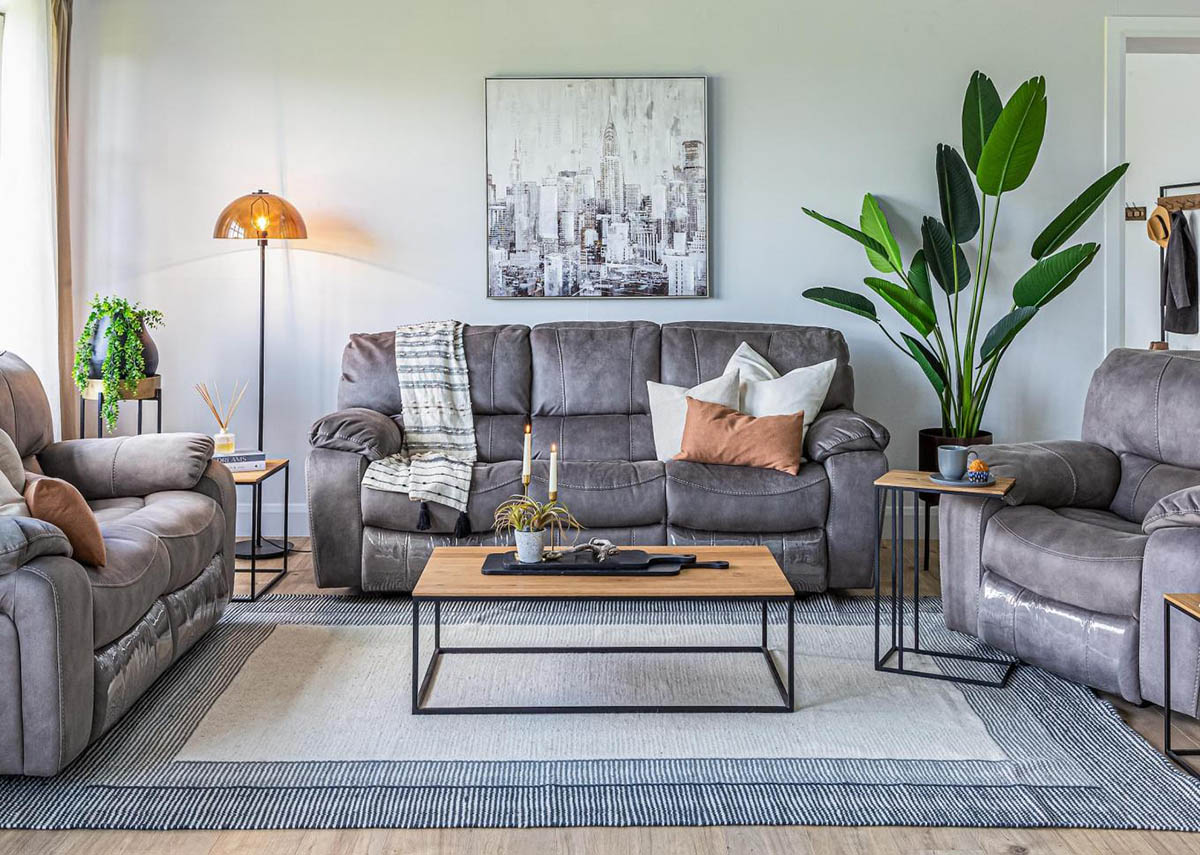
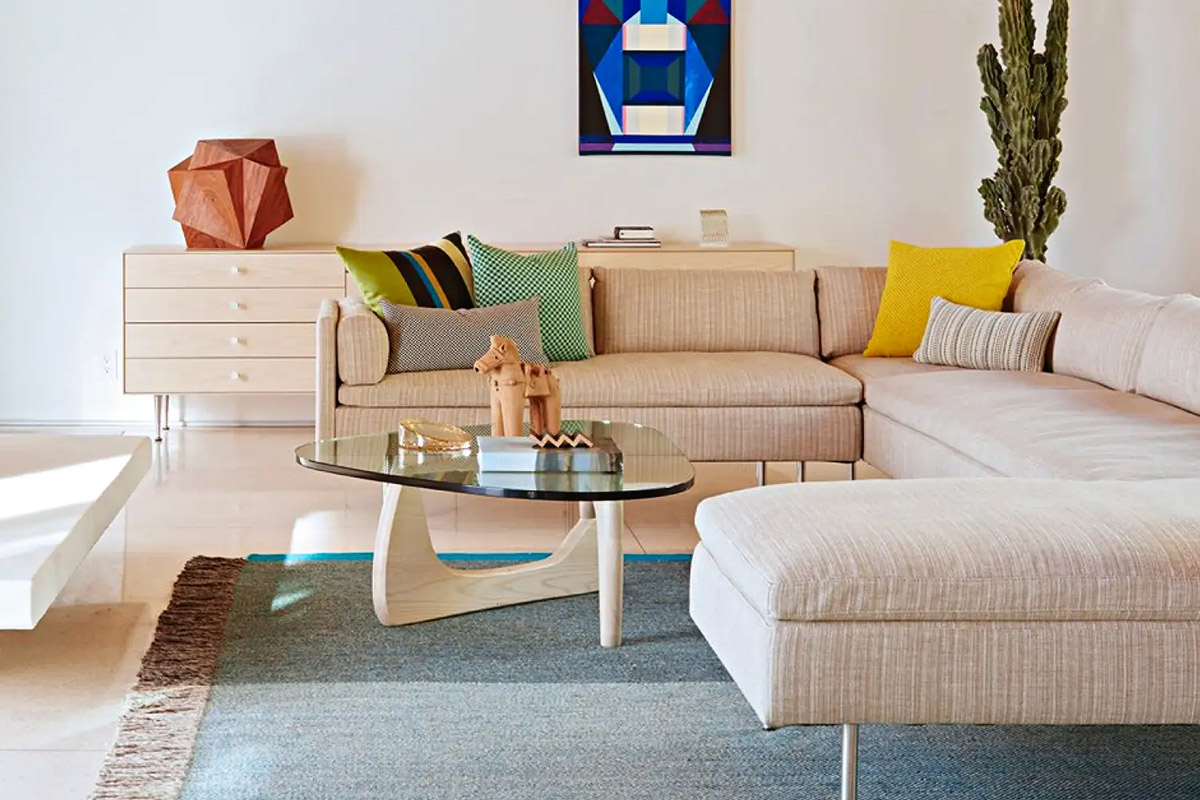
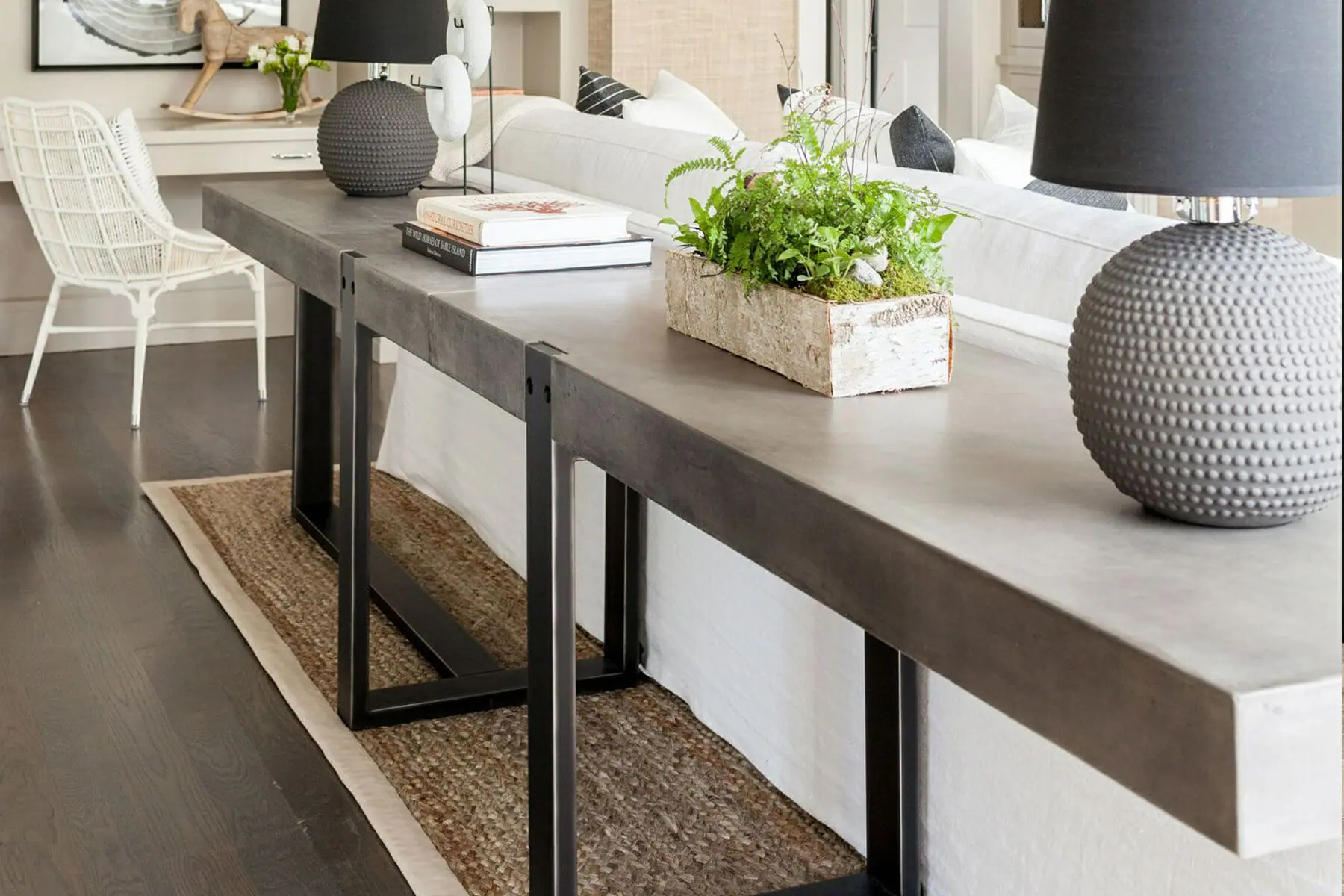
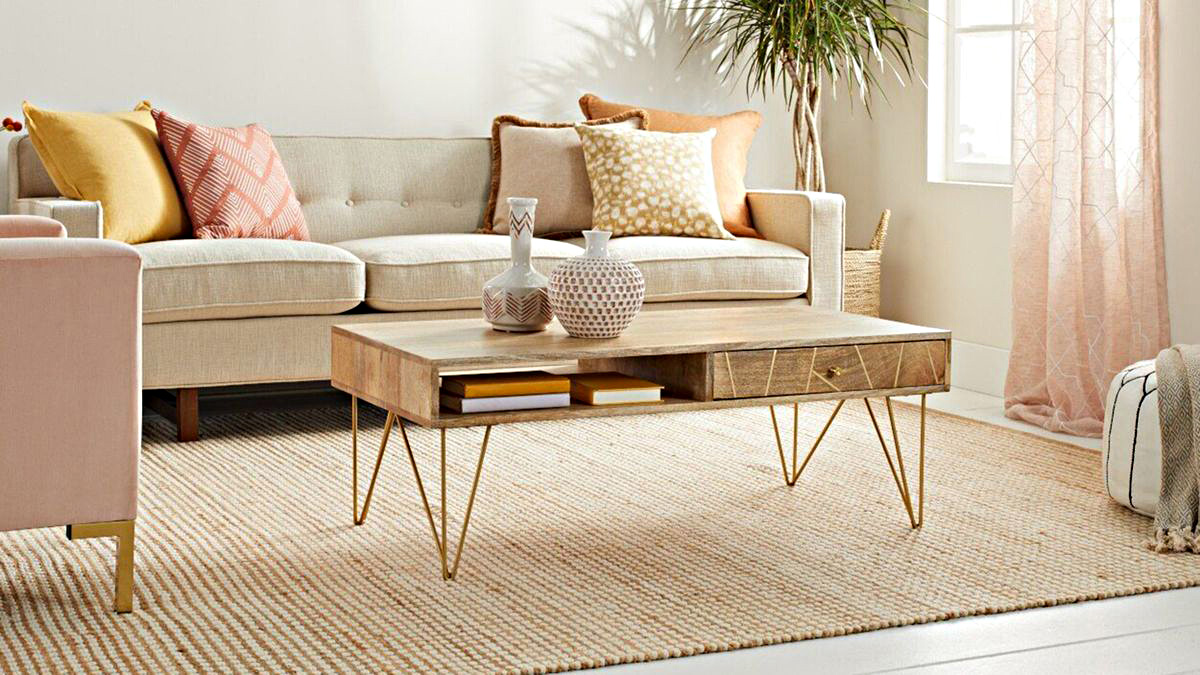
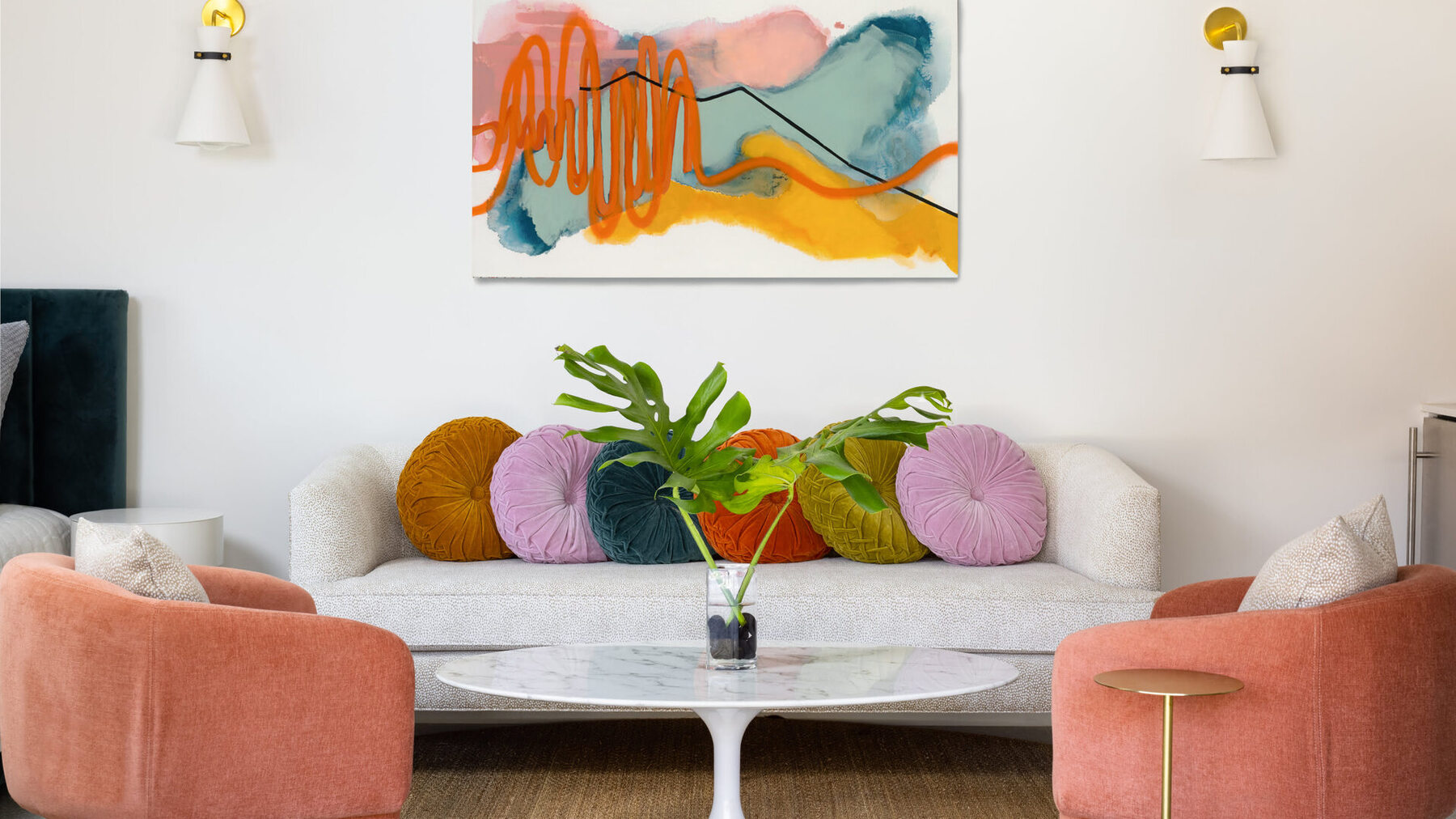
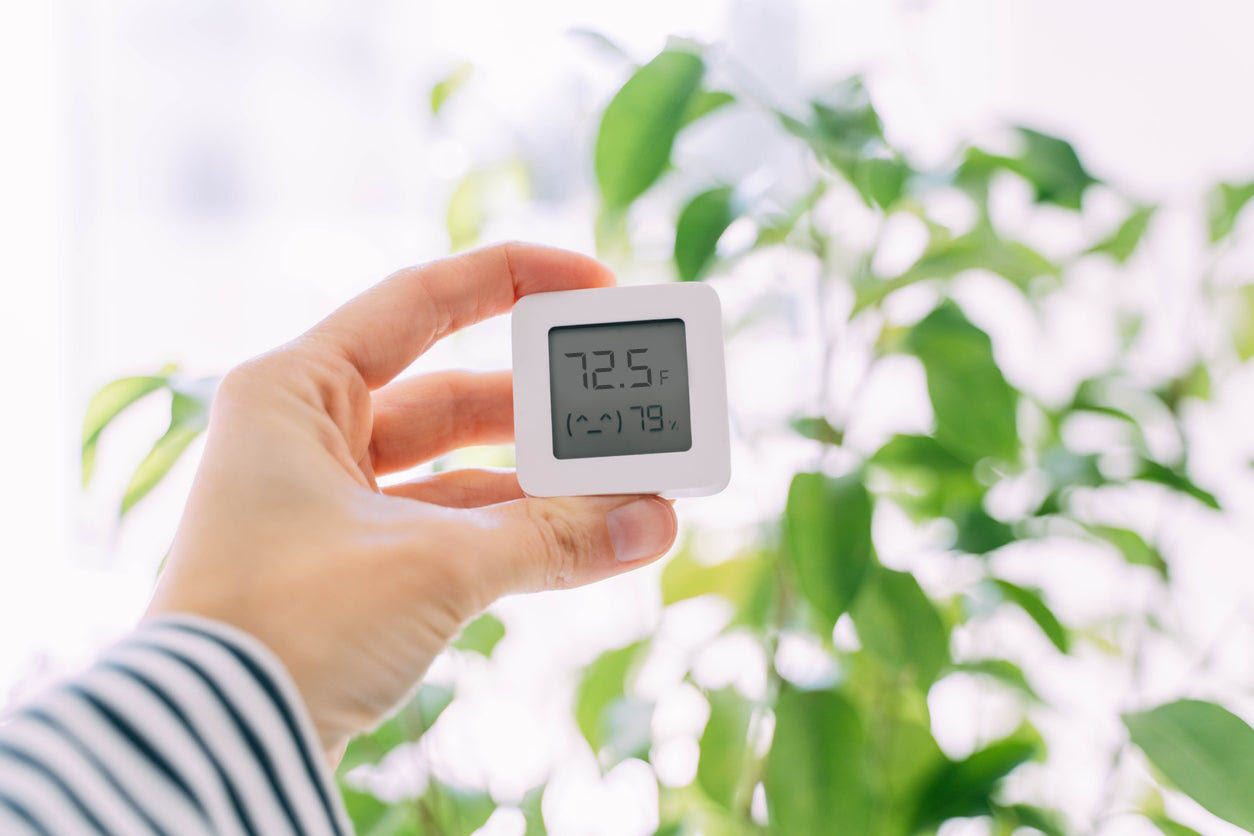
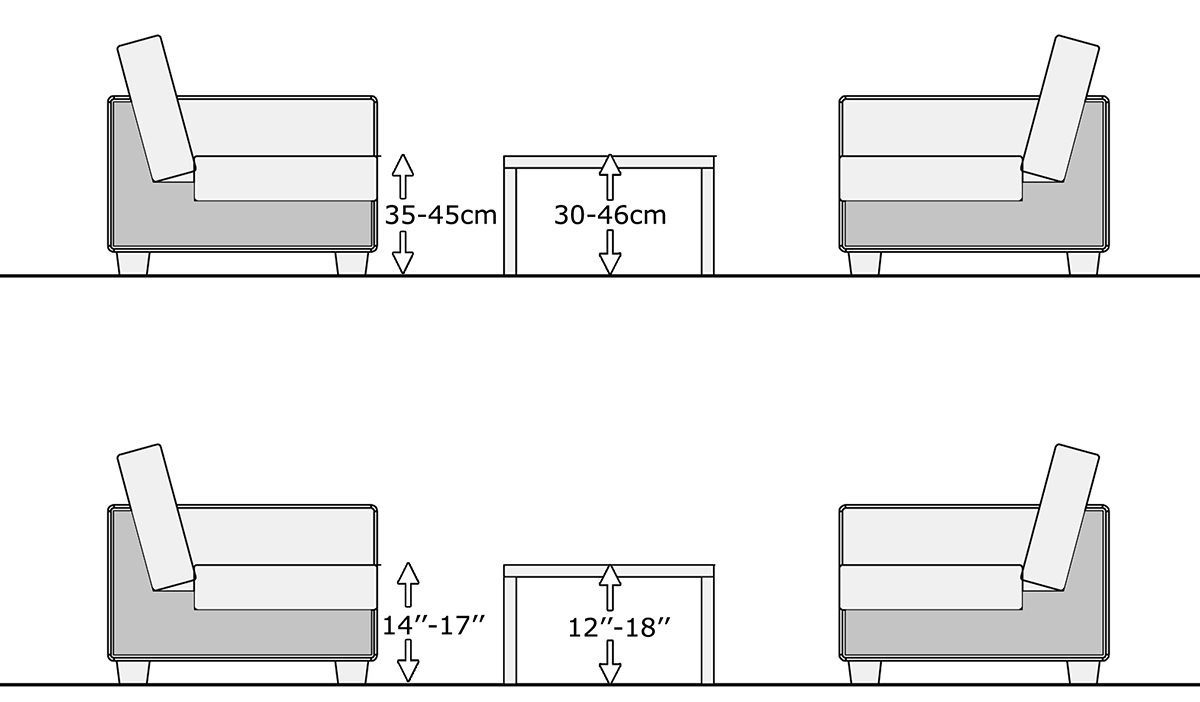
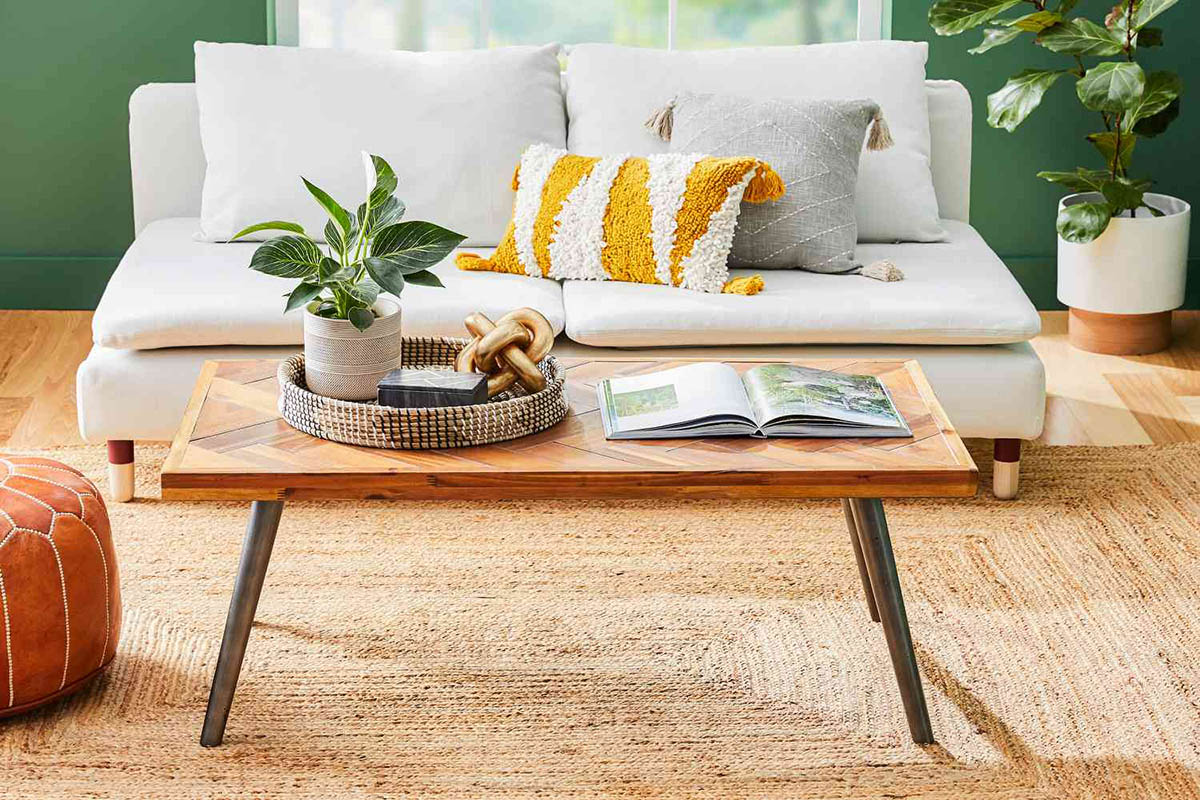
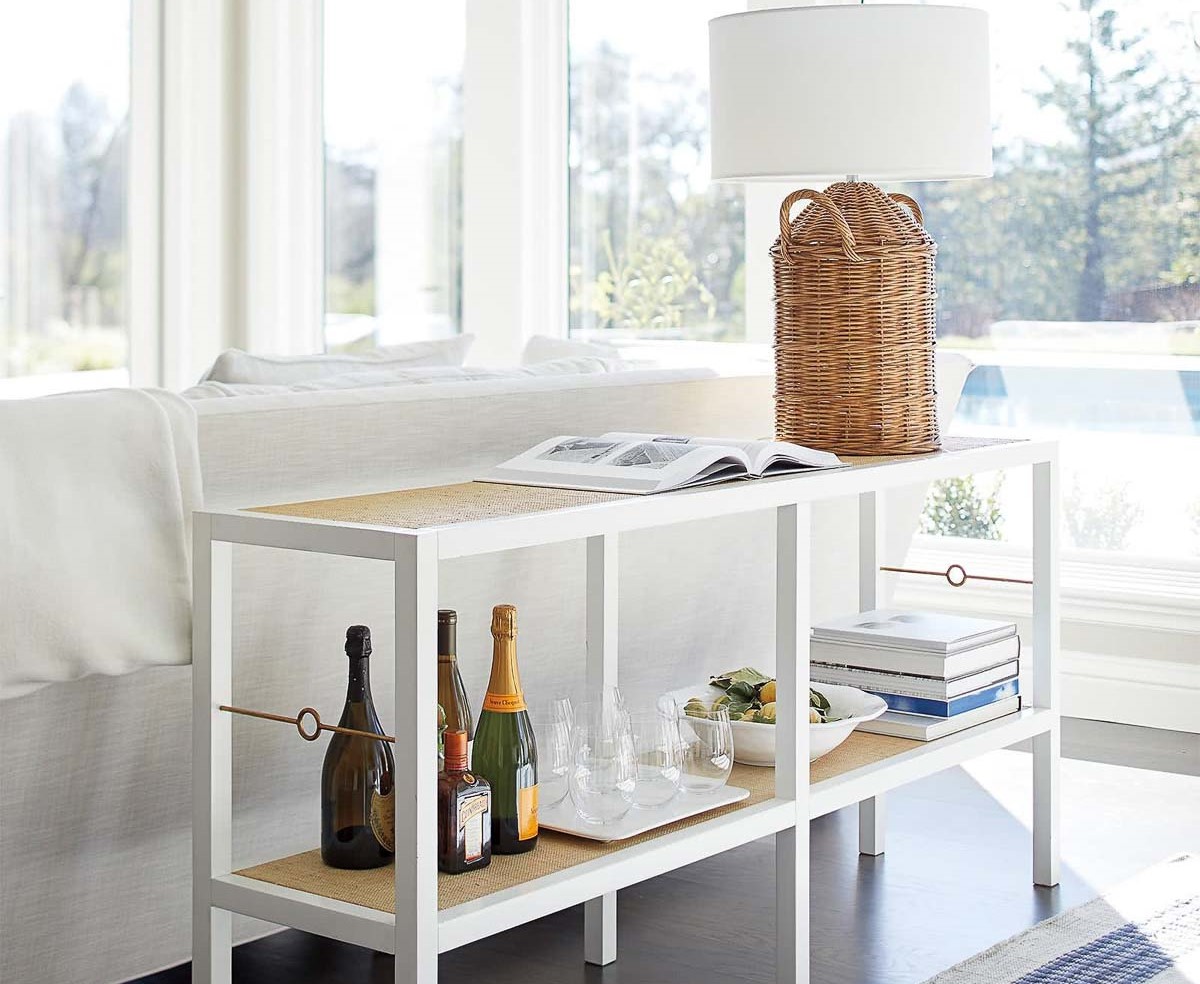
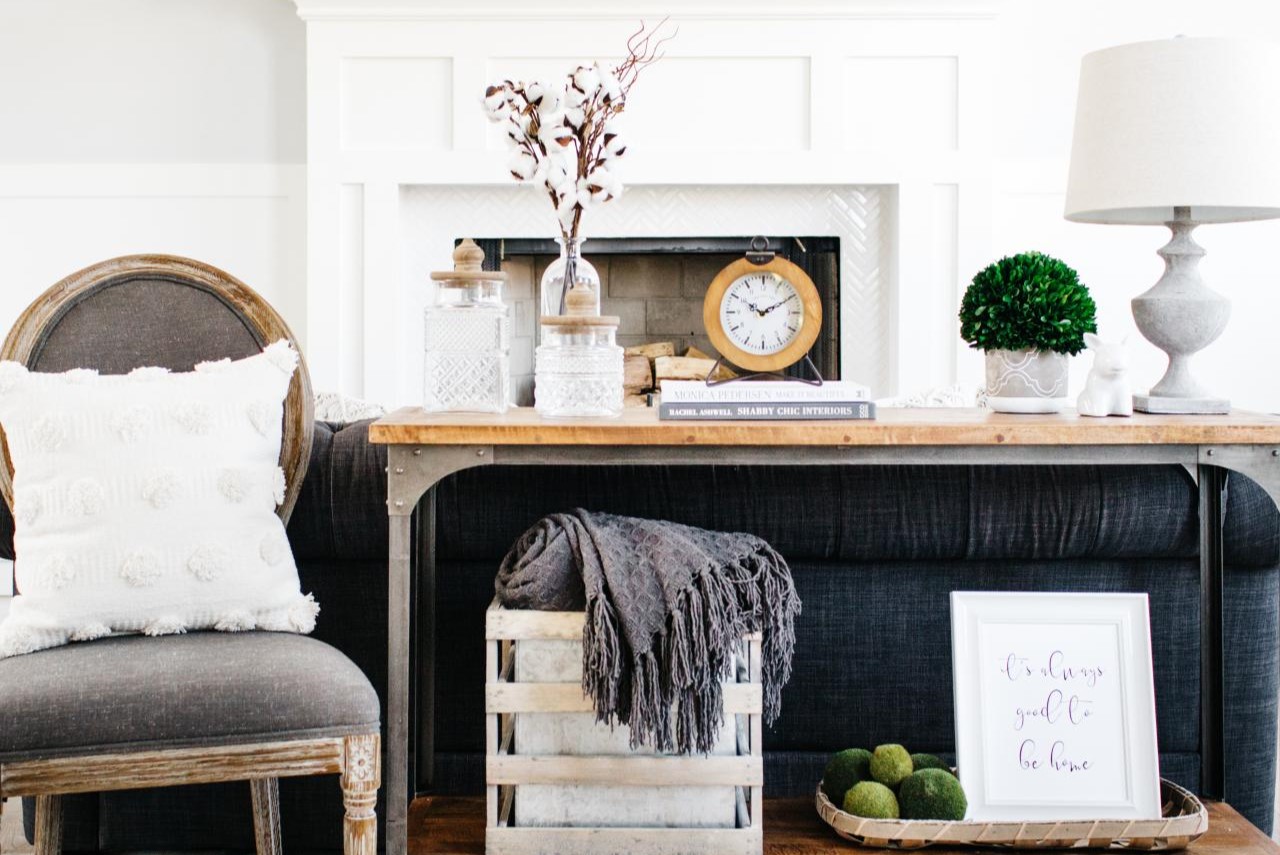
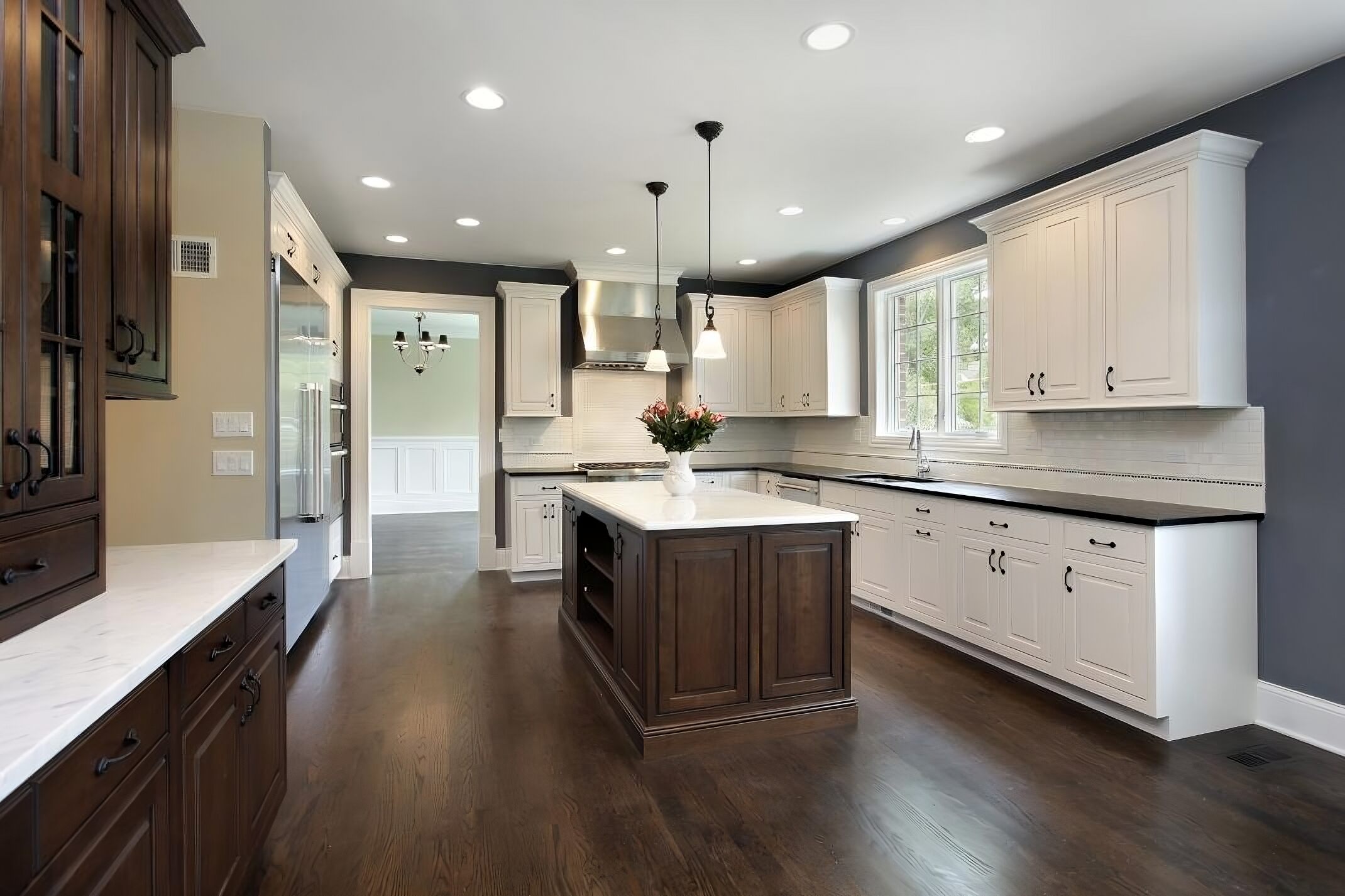
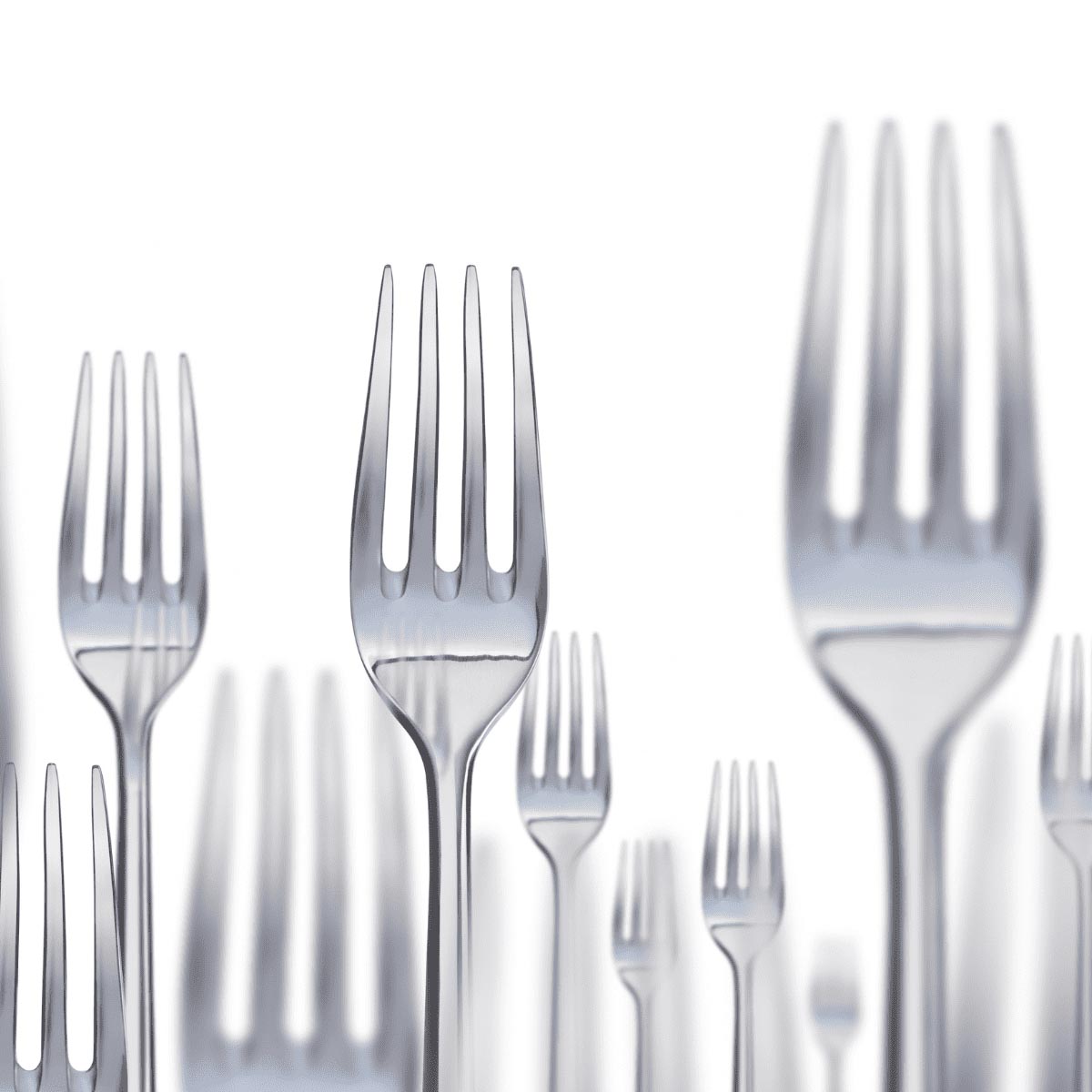
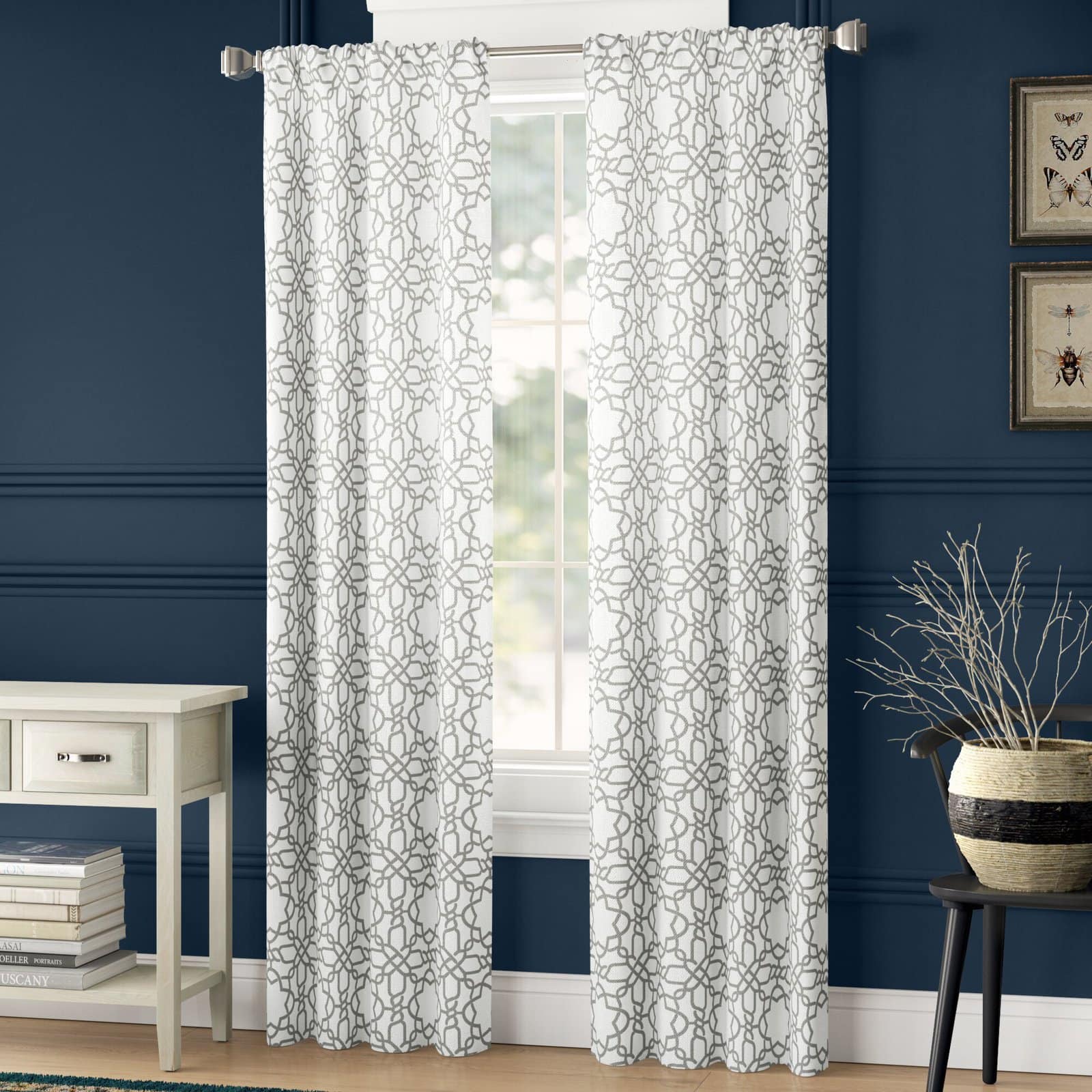
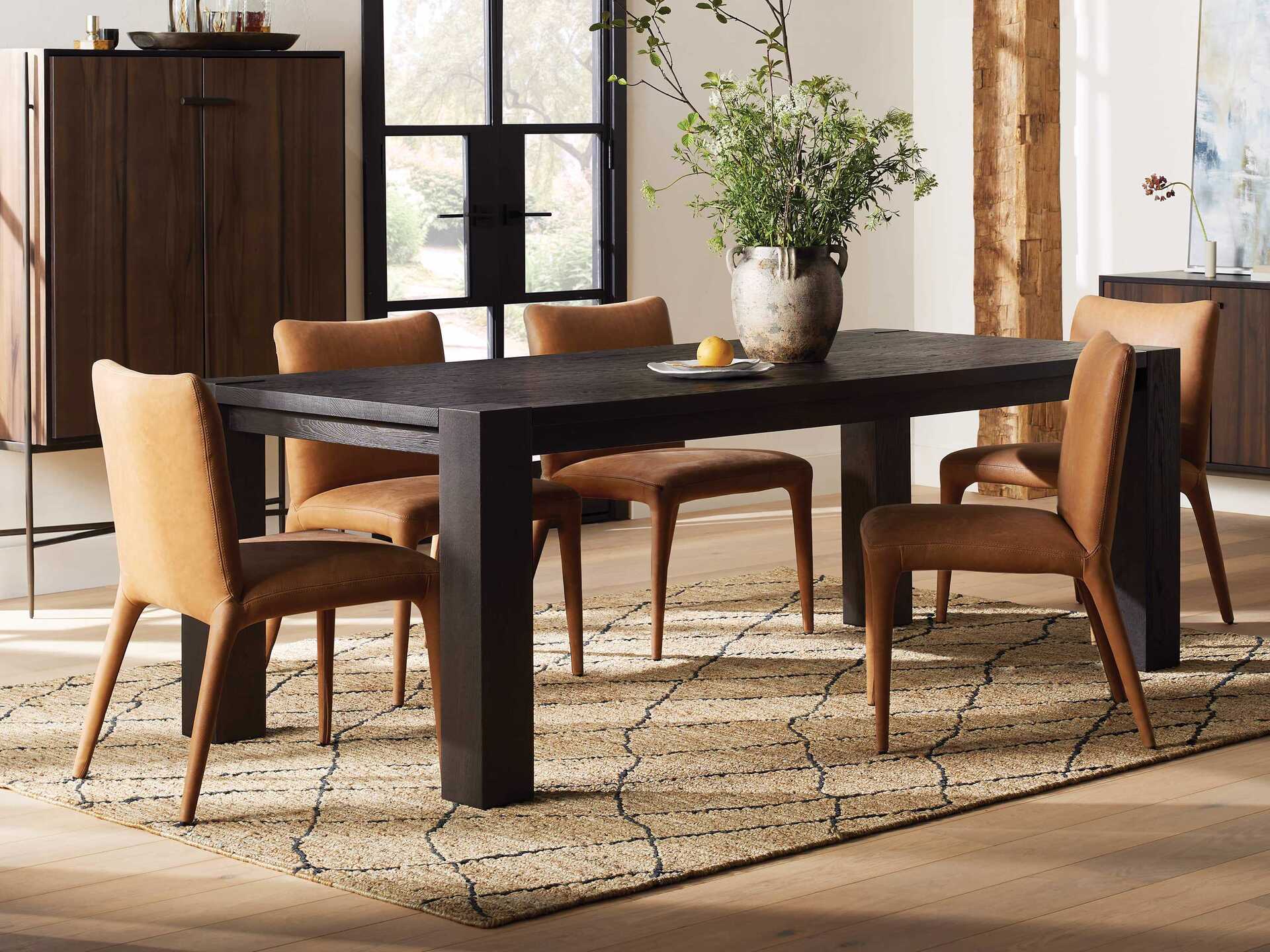

0 thoughts on “Should A Coffee Table Be Lower Than A Sofa?”